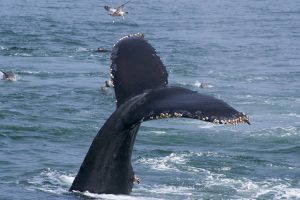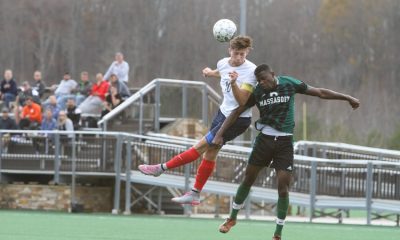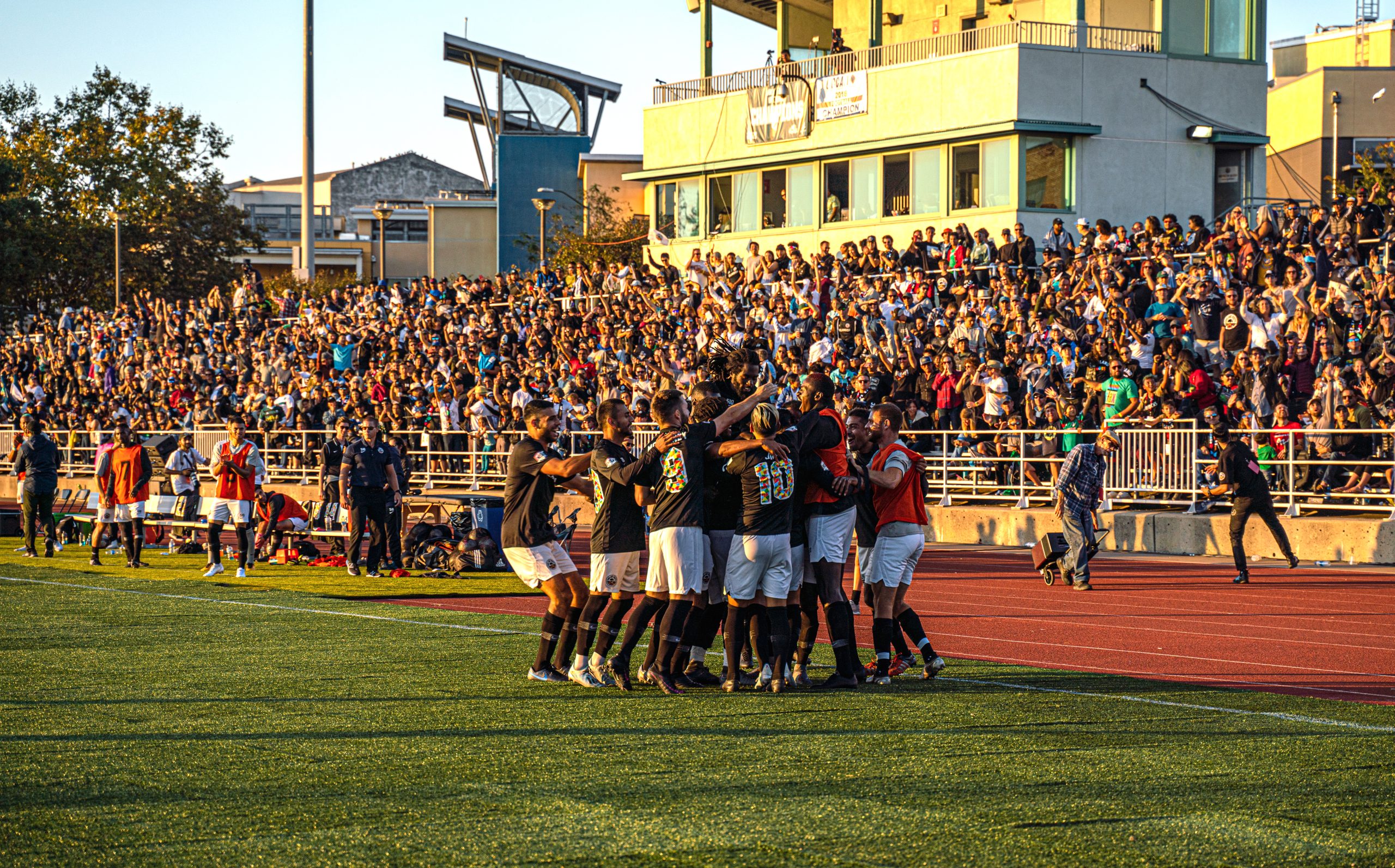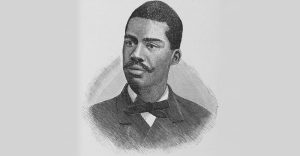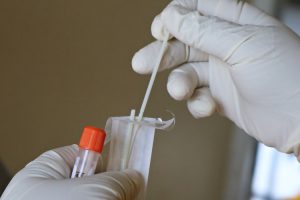Health
New Study Banning Headers Only Part of Stopping Concussions

A recent study showed that female soccer players suffer greater symptoms—and have longer recovery times—than their male counterparts following a concussion. (AP Photo/Matt Slocum)
EDDIE PELLS, AP National Writer
AURORA, Colo. (AP) — A group of scientists checked a decade’s worth of data about what causes concussions in high school soccer. Their conclusion: While a ban on heading would help decrease head injuries, what the game really needs is better enforcement of rules restricting all sorts of player-to-player contact.
A paper published Monday by a group of Denver-area doctors sheds a different light on what results might come from a campaign led by Brandi Chastain and other women soccer stars to ban headers for players 14 and under.
The paper, appearing in JAMA Pediatrics, was based on data collected since 2005 involving more than 1,000 high school soccer concussions. It concluded that by banning heading in youth soccer, about 30 percent of concussions could be avoided, but that a far larger decrease could be possible if rules that limit player-to-player contact were more stringently enforced.
“A lot of people felt, if we could get a ban on heading, we could keep some people safe,” said Dawn Comstock, an epidemiologist with the Colorado School of Public Health at the University of Colorado Anschutz Medical Campus. “My question was, is there any evidence out there that supports that?”
Coinciding with the women’s World Cup, a group of concussion experts teamed with Chastain and other women soccer players to make a big public push for the Safer Soccer initiative. They cited a study that tracked 59 concussions suffered by junior-high girls in Washington State and concluded that about 30 percent of those injuries could be eliminated if heading were banned. That extrapolates to a potential of around 100,000 concussions avoided over a three-year period.
Comstock’s numbers were similar but were collected as part of her extensive nine-year-old project that charts all sorts of injuries suffered by high school athletes in several sports, including soccer. The majority of the players she surveys fall outside the age group targeted by Safer Soccer, but Comstock called it the closest thing to a full data set that’s available on the subject.
“It’s very important to understand where we are, and we are not talking about the high school level,” said Robert Cantu, one of the country’s leading concussion experts, who helped spearhead the Safer Soccer project. “We’re not asking for heading to be taken out at the high school level. She thinks a greater good could be achieved by taking rough play out, altogether.”
Among the authors’ concerns is that the ban could lead to a different set of injuries as players move differently to avoid contacting the ball with their head.
They wondered about the efficacy of changing the fundamental nature of the game by eliminating a key element: “It’s like me walking into a football rules meeting and saying, ‘I can make your game much, much safer. Just get rid of tackling,'” Comstock said.
And they wondered about the 14-year-old cutoff point, which is a common dividing point for youth leagues: “I don’t see how banning heading for a 12-year-old makes a 15-year-old any safer,” said one of the authors, Sarah Fields, who studies sports in American culture.
Cantu conceded there was no perfect cut-off point. He said the ages 8 to 14 are when the brain is most vulnerable and when much of the most important brain growth occurs.
Fields also decried what she called a “paternalistic attitude” toward girls. Among her complaints on that subject is the lack of male soccer stars supporting the movement.
“We spent decades trying to get girls access to sports,” Fields said. “To now say, ‘Tone it down,’ because the premise is that they were too physically frail and the sport is too dangerous, that would be dangerous for girls.”
Chris Nowinski, the one-time WWE wrestler who became a leading voice in the concussion prevention effort, said Safer Soccer isn’t trying to single out girls. Though women soccer players, including Chastain and Cindy Parlow Cone, are leading the campaign, Nowinski said some high-profile male players will join the Safer Soccer cause soon.
For years, Comstock and her co-authors have been leaders in the study and prevention of concussions in many sports, though this latest paper seems to put them on opposite sides from the Safer Soccer leaders.
Comstock insists that isn’t exactly the case.
“It does seem logical to say, ‘If most concussions occur during heading, let’s stop heading,'” she said. “I understand the movement. But we have more data and we can look at this in more detail.”
___
On the web: http://archpedi.jamanetwork.com/journal.aspx
Copyright 2015 The Associated Press. All rights reserved. This material may not be published, broadcast, rewritten or redistributed.
Community
Calif. Dept. of Public Health: Got Milk Allergies? Don’t Eat Dave’s Bakery Cornbread
The California Department of Public Health (CDPH) issued a warning on Jan. 26, instructing consumers with milk allergies or “severe sensitivity to milk” in the state to not eat Dave’s Bakery Corn Bread due to “risk of illness.” The CDPH warns that consumption of the corn bread manufactured by a Gardena-based company — with expiration dates up to June 18, 2024 — may lead to “life threatening” reactions.
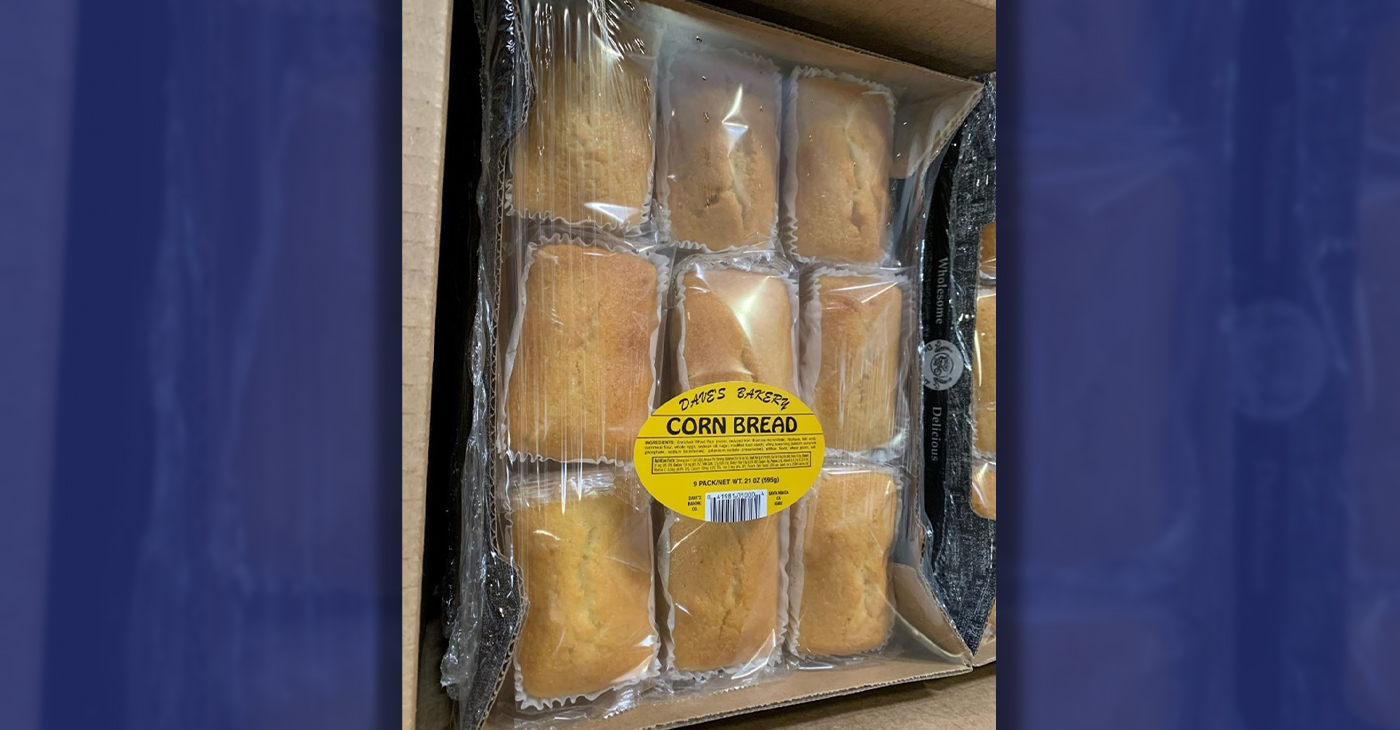
By California Black Media
The California Department of Public Health (CDPH) issued a warning on Jan. 26, instructing consumers with milk allergies or “severe sensitivity to milk” in the state to not eat Dave’s Bakery Corn Bread due to “risk of illness.”
The CDPH warns that consumption of the corn bread manufactured by a Gardena-based company — with expiration dates up to June 18, 2024 — may lead to “life threatening” reactions.
“This warning applies only to the Corn Bread produced by Bake R Us, DBA Dave’s Baking Company and distributed to schools, retail facilities and in vending machines primarily in southern California,” the DCPH statement reads.
“This product should not be confused with other similarly named companies with national distribution,” it continues.
According to the CDPH, although the corn bread product contains whey, which is a milk allergen, there is no allergy warning label on the packaging, though it is required by state law.
So far, authorities say, no illnesses have been reported in the state, but if anyone finds the products on sale anywhere in the state, they should call the CDPH complaint hotline at (800) 495-3232 or file a report online at CDPH.ca.gov
The CDPH is also recommending that people who have eaten the product and are experiencing any reaction or ill effects should consult their health care provider.
Bay Area
East Bay Regional Park District Issues Rattlesnake Advisory
The East Bay Regional Park District released an advisory today on rattlesnakes, which emerge from winter hibernation in early spring and become more active. Warm weather can bring more potential for rattlesnake encounters with humans and dogs, particularly along trails and roads.
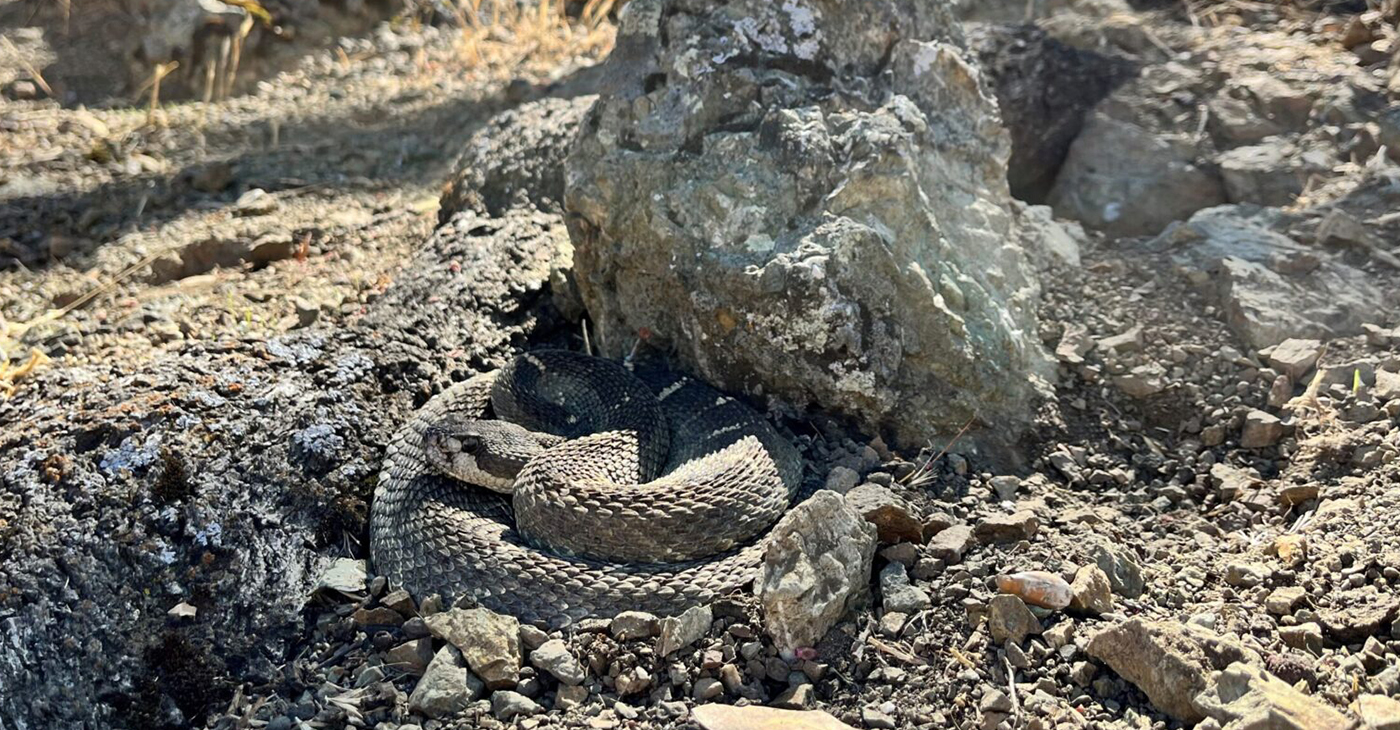
The Richmond Standard
The East Bay Regional Park District released an advisory today on rattlesnakes, which emerge from winter hibernation in early spring and become more active.
Warm weather can bring more potential for rattlesnake encounters with humans and dogs, particularly along trails and roads.
Visitors are encouraged to avoid hiking alone in case of an emergency, to scan the ground ahead as they walk, jog or ride, stay on trails avoiding tall grass, and to look carefully around and under logs and rocks before sitting down. Keep your dog on your leash to be extra safe, park officials said.
If you encounter a rattlesnake, leave it alone – it is unlawful to capture or harm one. Move carefully and slowly away or around it and give it plenty of space, park officials said.
Those who are bitten by a rattlesnake are instructed to stay calm by lying down with the affected limb lower than the heart, then having someone call 911.
Getting medical attention is critical.
Those bitten should not use tourniquets, “sucking,” or snake bite kits. If you are by yourself, walk calmly to the nearest source of help to dial 911, do not run.
If bitten by any other type of snake, wash the wound with soap and water or an antiseptic and seek medical attention.
Not sure what bit you? Check the bite for two puncture marks (in rare cases one) associated with intense, burning pain, which is typical of a rattlesnake bite. Other snakebites can leave marks without associated burning pain.
The Northern Pacific rattlesnake is the species found in East Bay Regional Parks. Snakes are important to the natural environment, helping to control rodents and other reptile populations. But enjoy them from afar.
For more information, download the Park District’s Common Snakes brochure or watch our Gopher Snake or Rattlesnake video to learn how to tell the difference between rattlesnakes and gopher snakes. Additional information is available at ebparks.org/safety/wildlife-encounters.
Alameda County
A Safe Place, Bay Area Domestic Violence Community Organization, Opens New Service Center in Oakland
Oakland-Bay Area non-profit, A Safe Place, announces the grand opening of its newly purchased building in Oakland that will be a service center for families that have suffered from domestic violence. The new, two-story building has over six new service rooms for counseling, mental health support groups, legal services, children’s treatment, safe space for community engagement, and partnership activities.
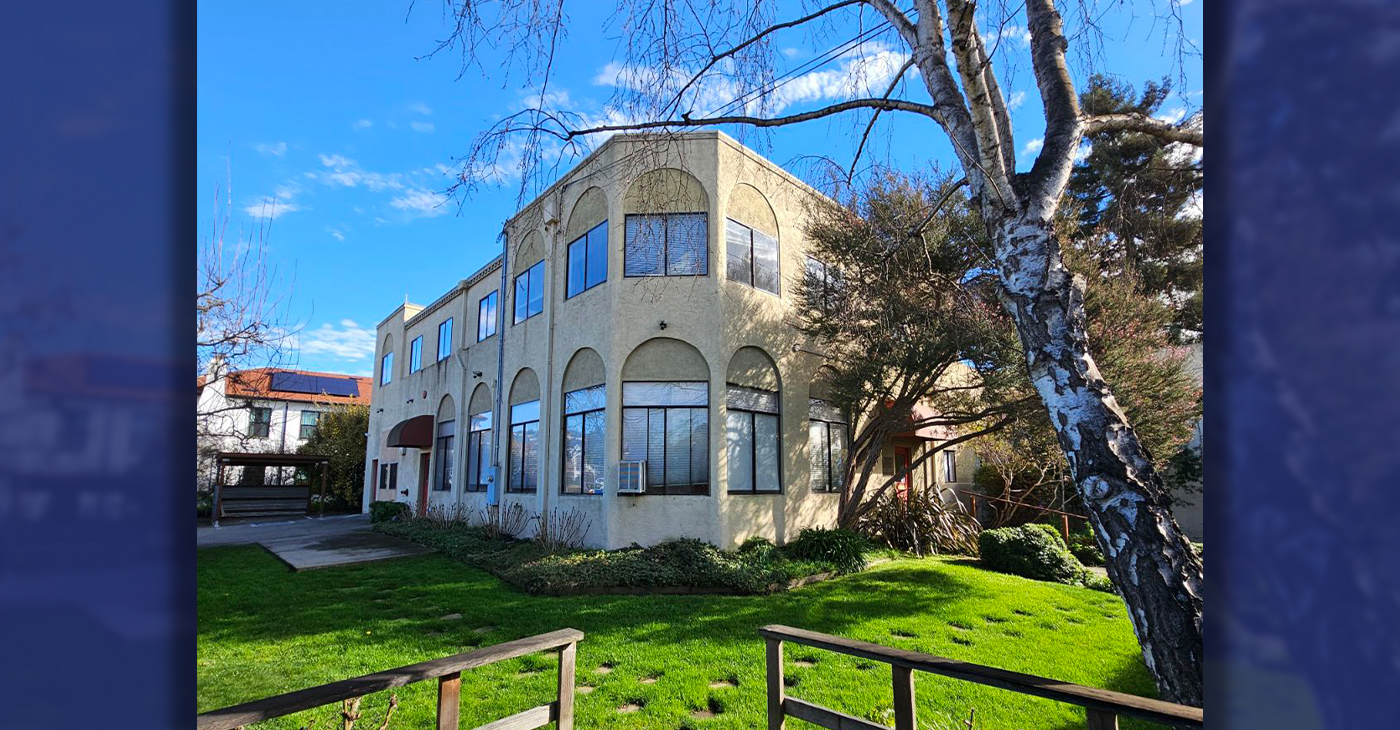
By Courtney Slocum Riley
Special to The Post
Oakland-Bay Area non-profit, A Safe Place, announces the grand opening of its newly purchased building in Oakland that will be a service center for families that have suffered from domestic violence.
The new, two-story building has over six new service rooms for counseling, mental health support groups, legal services, children’s treatment, safe space for community engagement, and partnership activities.
Domestic violence occurrences and offenses account for a considerable amount of all violent crimes in Alameda County. A Safe Place is attempting to provide a safe place for families to heal. A Safe Place is the only comprehensive domestic violence assistance program including a safehouse, in Oakland.
The grand opening celebration will also serve as a fundraiser to build out healing, therapeutic spaces for children and adult victims and survivors and survivors of domestic violence (male and female).
The new service center will expand the work of the organization, founded in 1976 when a group of women working in San Francisco came together to address the urgent need for a shelter in the East Bay. A year later, they founded A Safe Place (ASP) in Oakland. Run solely by volunteers, they set up a crisis line to offer crisis counseling and information to battered women and their children.
The organization serves over 500 adults and children annually through a host of services including crisis counseling via 24-hour crisis line, emergency motel and safehouse sheltering, mental health services (counseling and support groups).
Under the leadership of Executive Director, Carolyn Russell, the organization has grown from a single program into the comprehensive domestic violence and assistance program. ASP strives to meet the growing and diverse needs of our growing community.
The organization hopes to complete all the upgrades and therapeutic room improvements by August 2024. The public is invited to donate to the effort by using the website at www.asafeplace.org/donate. The organization also accepts in-kind gifts as well as items from the organization’s Amazon Wishlist.
-

 City Government1 week ago
City Government1 week agoCourt Throws Out Law That Allowed Californians to Build Duplexes, Triplexes and RDUs on Their Properties
-

 Community4 weeks ago
Community4 weeks agoFinancial Assistance Bill for Descendants of Enslaved Persons to Help Them Purchase, Own, or Maintain a Home
-

 Activism3 weeks ago
Activism3 weeks agoOakland Post: Week of April 24 – 30, 2024
-

 Business4 weeks ago
Business4 weeks agoV.P. Kamala Harris: Americans With Criminal Records Will Soon Be Eligible for SBA Loans
-

 Community3 weeks ago
Community3 weeks agoOakland WNBA Player to be Inducted Into Hall of Fame
-

 Community4 weeks ago
Community4 weeks agoAG Bonta Says Oakland School Leaders Should Comply with State Laws to Avoid ‘Disparate Harm’ When Closing or Merging Schools
-

 Community3 weeks ago
Community3 weeks agoRichmond Nonprofit Helps Ex-Felons Get Back on Their Feet
-

 Community3 weeks ago
Community3 weeks agoRPAL to Rename Technology Center for Retired Police Captain Arthur Lee Johnson

